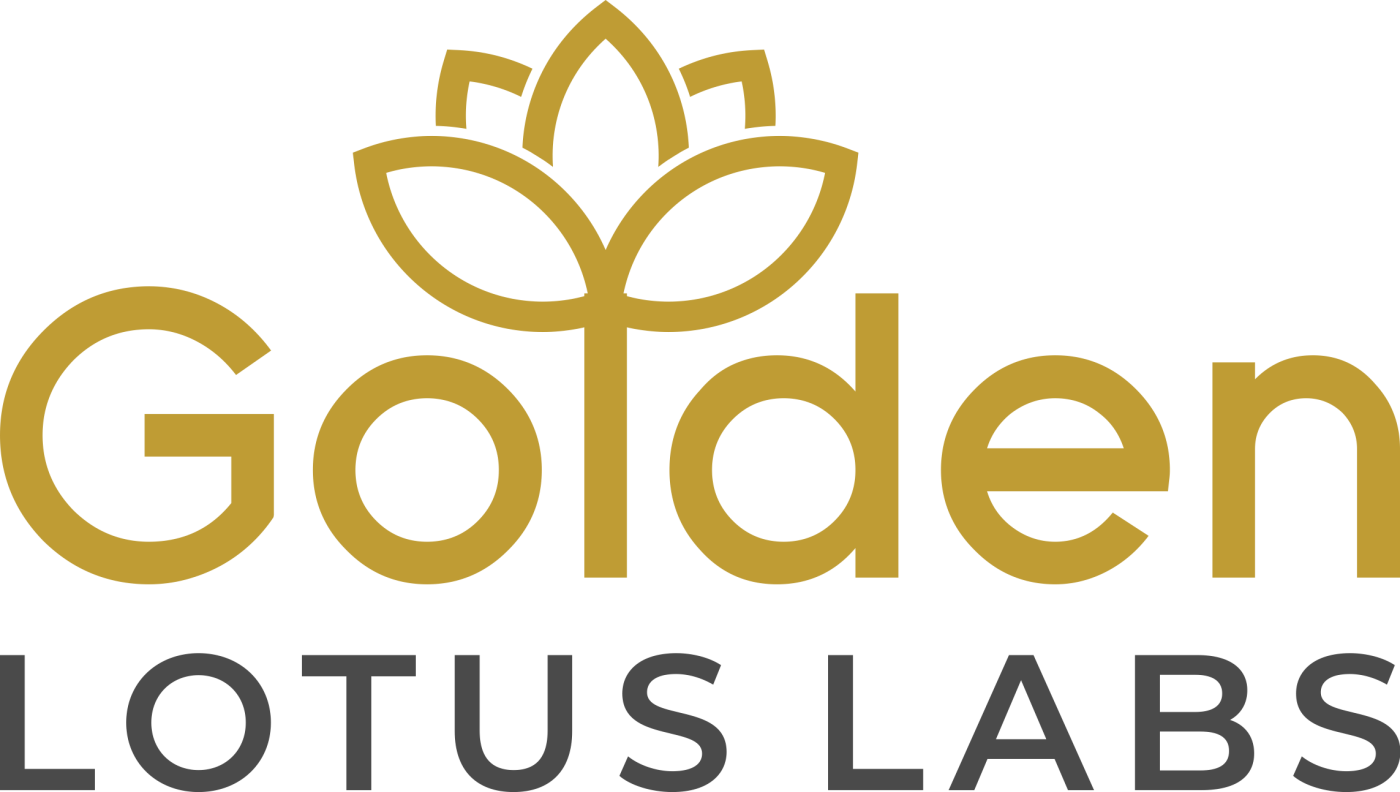Cannabidiol, Plant Medicine
Navigating the Hype: Unveiling the Real Story Behind Cannabidiol (CBD)
In the ever-evolving landscape of wellness and alternative medicine, few substances have generated as much buzz as Cannabidiol (CBD), a compound derived from the marijuana plant.
As discussions around CBD continue to gain momentum, it’s crucial to separate fact from fiction, navigating the science, legalities, and the genuine potential this compound holds. In this article, we embark on a journey to demystify CBD, exploring its origins, therapeutic properties, legal standing, and what the future holds for this enigmatic cannabinoid.
The Origins of CBD
CBD, one of over a hundred cannabinoids found in the cannabis plant, has a fascinating history. Discovered in the early 1940s, CBD gained prominence in the 1990s when researchers began to explore its potential therapeutic applications. Unlike its well-known counterpart, tetrahydrocannabinol (THC), CBD doesn’t induce a “high” and has become a focal point for those seeking the benefits of cannabis without the psychoactive effects.
The Therapeutic Hues of CBD
One of the most compelling aspects of CBD is its potential therapeutic versatility. Research suggests that CBD interacts with the endocannabinoid system, a complex cell-signaling system involved in regulating various physiological and cognitive processes. This interaction has led to an array of purported benefits, including anti-inflammatory properties, anxiety relief, pain management, and even potential neuroprotective effects.
However, it’s crucial to approach these claims with a discerning eye. While numerous studies support the therapeutic potential of CBD, the field is still in its infancy, and more research is needed to fully understand the extent of its capabilities. As a consumer, it’s essential to be cautious of exaggerated claims and to seek products from reputable sources that prioritize transparency and quality.
Legal Landscape
One of the most significant challenges surrounding CBD is the complex legal landscape it traverses. In the United States, the legal status of CBD is somewhat convoluted, with variations at both the federal and state levels. The 2018 Farm Bill legalized the cultivation of hemp, defined as cannabis containing less than 0.3% THC, and removed it from the list of controlled substances. Consequently, CBD derived from hemp is legal at the federal level.
However, state laws can differ, leading to confusion among consumers and businesses alike. It’s crucial to stay informed about local regulations and to choose products from reputable sources that adhere to stringent quality and legality standards.
The CBD Marketplace: Navigating Quality and Transparency
The surge in CBD’s popularity has given rise to a vast and varied marketplace. From oils and tinctures to capsules and topicals, the options are seemingly endless. Unfortunately, this boom has also led to concerns about product quality and accuracy in labeling.
Consumers should prioritize products that undergo third-party testing, ensuring that the stated CBD content matches what’s inside the bottle. Reputable companies provide Certificates of Analysis (CoA) from independent laboratories, offering transparency about the product’s cannabinoid profile and the absence of contaminants.
The “Entourage” Effect
CBD’s efficacy is often attributed to what is known as the “entourage effect.” This theory suggests that the combination of cannabinoids, terpenes, and other compounds found in the cannabis plant works synergistically to enhance the therapeutic effects of each individual component. While CBD isolate products exist, many experts argue that full-spectrum or broad-spectrum CBD products, which retain a broader range of cannabis compounds, may offer a more comprehensive therapeutic experience.
Looking to the Future
As we navigate the present landscape of CBD, it’s essential to consider what the future holds for this intriguing cannabinoid. Continued research will likely uncover new therapeutic applications and refine our understanding of CBD’s mechanisms of action.
Additionally, advancements in cultivation and extraction techniques may contribute to the development of more potent and bioavailable CBD products.
In the midst of the CBD boom, it’s crucial to approach this compound with a balanced perspective. While the therapeutic potential is exciting, it’s equally important to stay informed, prioritize quality and legality, and manage expectations.
As the CBD landscape continues to evolve, consumers, healthcare professionals, and businesses alike must collaborate to ensure a responsible and evidence-based approach to integrating CBD into the realm of wellness and alternative medicine. The journey with CBD is ongoing, and as the science unfolds, so too will our understanding of its true potential.

